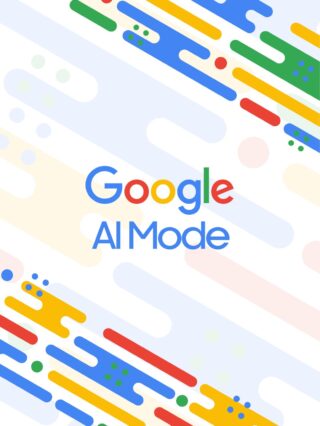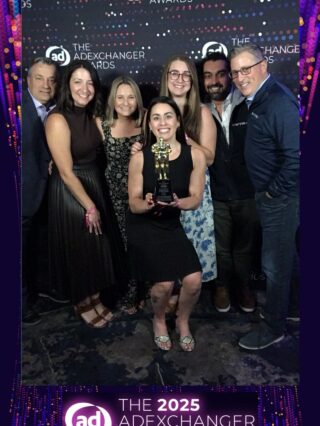When Bell Labs launched the first speech recognition device in the 1950s, researchers couldn’t have imagined how sophisticated—and beneficial—this technology would become. Between Amazon’s Alexa, Alphabet’s Google Assistant, Microsoft’s Cortana, and Apple’s Siri, the “voice assistance” market today is crowded with devices; and MedAdNews predicts that by 2020, 30% of all web searches will be conducted without using digital screens. No one should be surprised, then, that voice assistance is quickly becoming a “must have” brand tactic in the world of healthcare marketing.
Voice assistants can, among other things, follow a child’s surgery and recovery status, look up blood sugar levels, find and schedule appointments at urgent care clinics, and track prescription orders. Both millennials—who thrive on instant knowledge gratification—and older patients are using voice assistance to access their health info, manage their medical situations, and learn more about their conditions. See where this technology is today and where it’s headed tomorrow.





